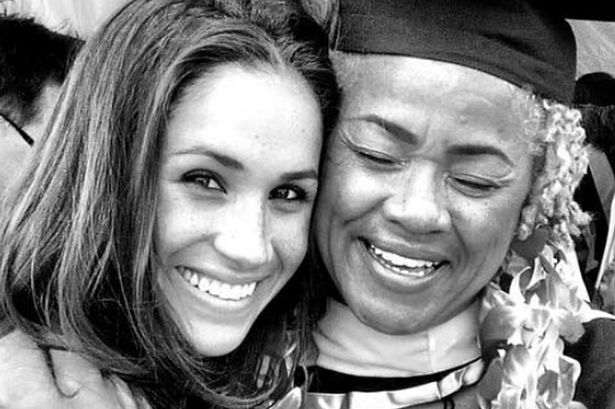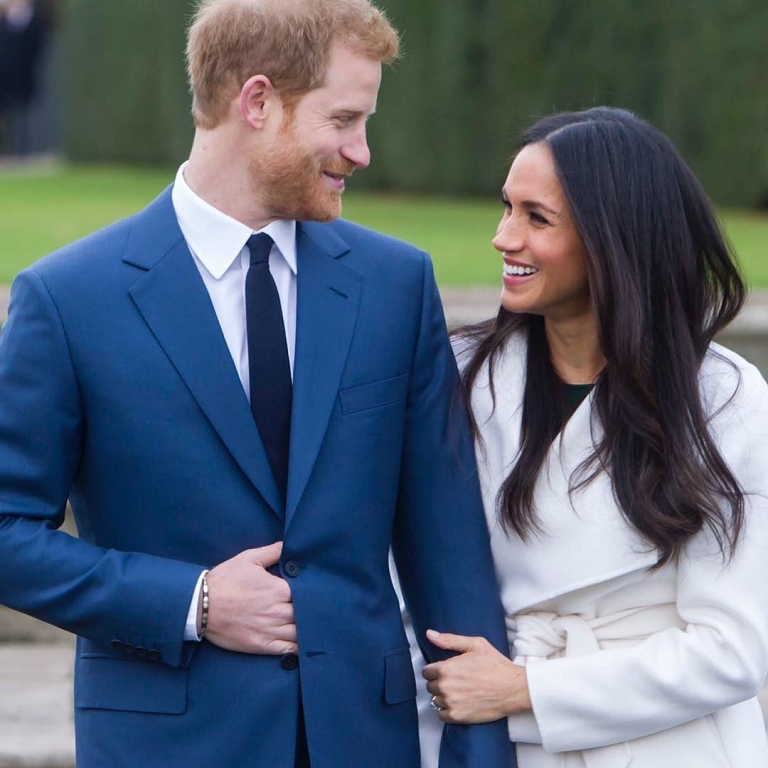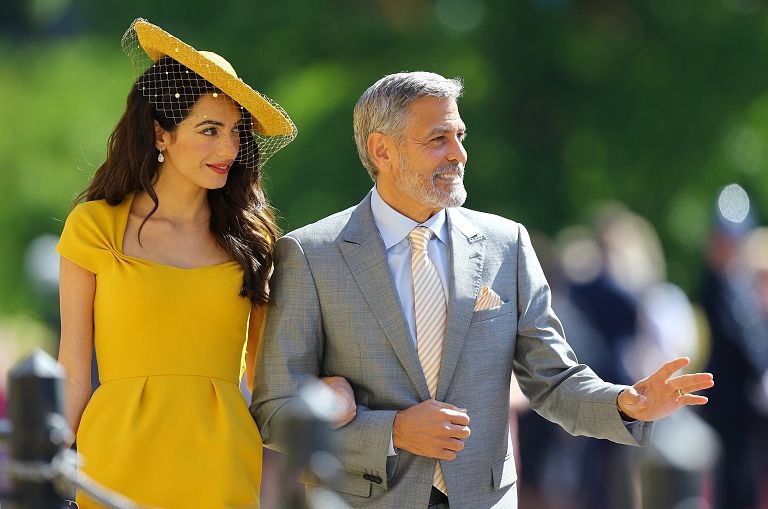
From almost the time of birth, many little girls are conditioned to think becoming a princess is the ideal. Fairytale motifs are strung above their heads on mobiles that hang over cribs. They’re gifted countless tiaras and crowns to play make-believe with. And they’re raised on movies and books that promote the idea that falling in love with a prince is the definition of true happiness.
I have never been one to shy away from this archaic notion. In fact, I spent most of my childhood embracing the concept that princesses are perfect. They were kind, they were giving, they were leaders, and yes, they were beautiful. I’d spend countless hours dressed in princess clothes (and matching headgear). I played with princess Barbies, read princess books, and rewatched princess movies so much that I could recite the lines. But one thing that I realized, very early on, was that princesses didn’t look like me. And by that, I mean they were never black women. Sure, my Barbies were black, but that was only because Mattel, Barbie’s parent company, recognized they could sell more dolls if they had a variety of skin tones. But actual princess characters were never black—not in movies, not in books and especially not in real life.
It wasn’t until I was a senior in high school that Disney finally released a movie starring a black princess. I remember dragging my aunt with me on opening weekend to the theater, just to watch my princess (the one I had waited 17 years to see) take the form of a tiny little frog for the majority of the film. To say I was disappointed was an understatement, but I still reveled in the historic moment and, more importantly, appreciated seeing the image of a black woman with a crown on her head. My initial distaste for the film faded once I started seeing little girls, of all races and ethnicities, dressed as Tiana—the girl, not the frog—for I recognized that the film had actually filled a void.
Alas, Tiana was simply a character in a movie. A make-believe symbol that gave little black girls something to aspire to, sure, but she didn’t change the fact that real life black princess weren’t prevalent.
Now, I’d be lying if I said watching Kate Middleton go from a commoner to the Duchess of Cambridge didn’t give me something to connect to. However, I never saw myself in her. She was more an example of what could happen to one of my friends, and I’d be lucky enough to get invited or be included by way of association.
No, it wasn’t until Prince Harry fell in love with Meghan Markle, a half black woman from Southern California with no royal lineage and a single mother, that everything changed and I, for the first time ever, could see a piece of myself in a real life princess.
Seeing her brown skin and dark hair outside of Kensington Palace, hand in hand, with the man 6th in line to the British throne, and that same brown skin and hair walking behind Queen Elizabeth and Prince Phillip after a Christmas church service last year fulfilled lots of my childhood fantasies. For here they were, the most famous royal family in the world, not just accepting Markle for who she is, but also embracing it, flaunting it even.
But I’ll be honest. It wasn’t those images that made my heart swell and filled my eyes with tears of joy. No, it was the shots of Markle’s black mother, Doria Ragland, sitting next to Prince Harry in the VIP box during the Invictus Games closing ceremonies that gave me an overwhelming sense of gratification and pride for that wasn’t just Meghan’s mother, she was my mother too. Granted, aside from her skin tone, she doesn’t resemble my mother at all. Yet when I saw her in that box all I could see was my mom—a black, middle-class single mother who spent her entire life striving to give her only child the best life possible while also teaching her to become a self-sufficient woman.
This image resonated so deeply with me because it’s one thing for Prince Harry to fall in love with Meghan and look past what the world so often deems as flaws, but an entirely different thing for him to embrace a woman, her mother, who is the antithesis of what culture has always deemed as royal.
Meghan Markle’s mom was exactly the character I needed to see to believe in fairytales again, and I can’t wait to watch her ride in the car to St. George’s Chapel with her daughter on Saturday.
I hate that I had to wait so long for this, but I am beyond thrilled that when I have little girls of my own, they’ll grow up knowing a world with a black Disney princess, a former black first lady, and a half-black woman who stole the heart of a British prince.












